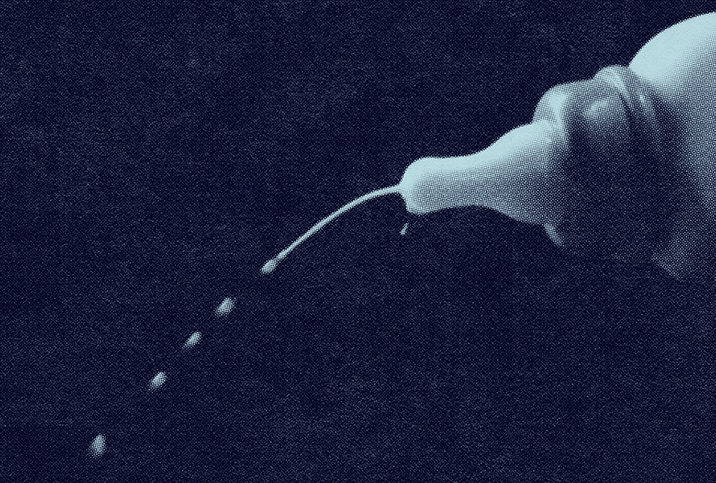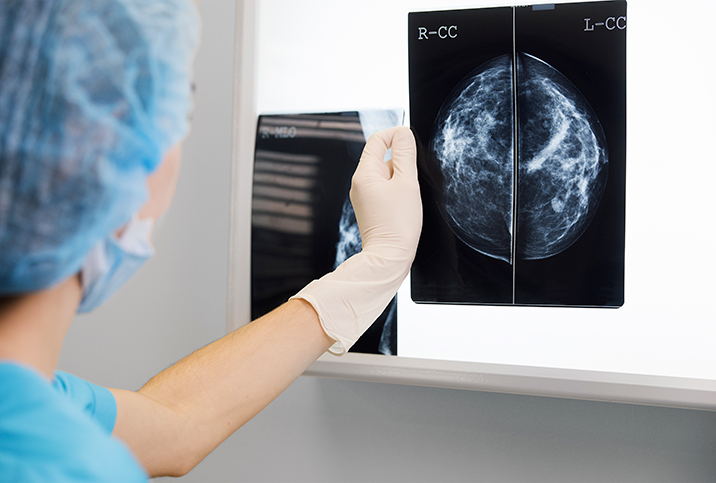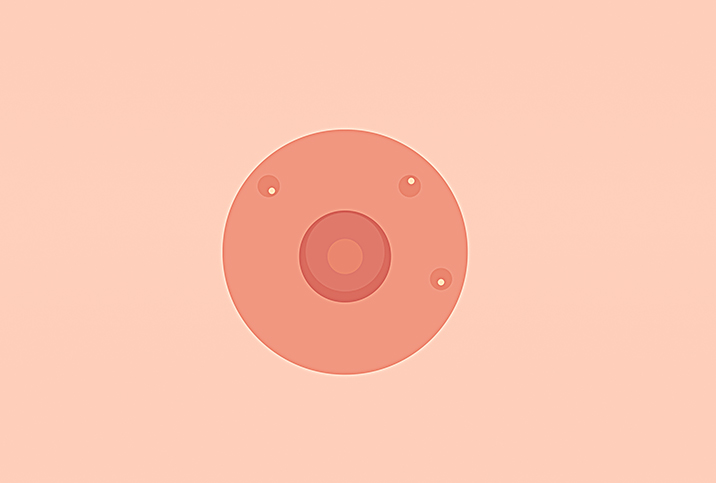Why Am I Having Nipple Discharge?

Nipple discharge is completely normal during your reproductive years, even if you're not pregnant or lactating, and isn't usually cause for concern. However, it helps to know what's normal and what's not so you can make an appointment with your doctor if something seems amiss.
Potential causes of nipple discharge
Nipple discharge may be caused by any one of a long list of factors. According to the National Library of Medicine (NLM), nipple discharge is likely to be normal if it comes out of both nipples and occurs only when you squeeze them. Nipple discharge may not be normal if the discharge is bloody, and comes out of a single nipple without stimulus.
Nipple discharge can be caused by:
- Pregnancy: Discharge may occur as early as the first trimester, but many women will not experience any colostrum or leaking until near the end of pregnancy.
- Lactation: Your nipples may leak regularly while breastfeeding or until your breasts have fully adapted to your baby's feeding needs.
- Birth control pills: Hormonal birth control pills increase your levels of the hormone prolactin, which plays an important role in breast milk production.
- Breast infection: Bacteria such as Staphylococcus aureus can enter the nipple through a break or crack in the skin and cause nipple discharge that may contain pus, according to the NLM.
- Breast or nipple stimulation: Nipple discharge may occur when the breasts or nipples are stimulated, such as during sex or when wearing soft materials that rub against the nipples.
- Certain medications: Nipple discharge is a side effect of medications that inhibit the secretion of dopamine, reports StatPearls Publishing. Opioids, antidepressants and antipsychotics are some medications that may cause discharge.
- Intraductal papilloma: These papillomas are benign tumors or wart-like growths that can form in the milk duct.
- Injury: An injury to the breast may result in nipple discharge, such as that caused by a car accident, contact sports or a fall.
- Illicit drugs: Certain illicit drugs such as heroin, cocaine and marijuana may cause nipple discharge.
- Fibrocystic breast disease: This disease is characterized by lumps in the breast that are swollen, tender or painful, and it may cause nipple discharge that is green or brown in color.
- Breast cancer: Nipple discharge is associated with an estimated 7 to 15 percent of cases of breast cancer, reports the International Journal of Preventive Medicine.
Types of nipple discharge
If you experience any nipple discharge, take note of its color and texture, as well as other symptoms you're experiencing, such as breast pain or tenderness, fever, nausea and fatigue. These can help your doctor determine the root cause of your nipple discharge.
Discharge that is white, yellow, cloudy or filled with pus may indicate your breast or nipple is infected. Green discharge may indicate a possible cyst, while brown or cheese-like discharge may indicate a clogged milk duct.
Make an appointment with your doctor if you experience persistent discharge that occurs without stimulus.
Bloody discharge may indicate a papilloma, fibrocystic disease or breast cancer. Clear discharge coming from only one nipple may also indicate breast cancer.
When to see a doctor
Make an appointment with your doctor if you experience persistent discharge that occurs without stimulus, especially if you also have a lump in your breast, breast pain, changes in the color of your nipples or discharge that won't stop. Your doctor can perform an exam and run tests such as a biopsy, mammogram and ultrasound to check for infections and breast cancer.


















